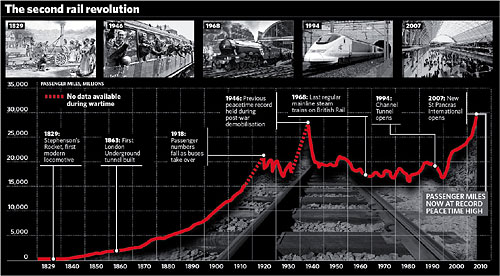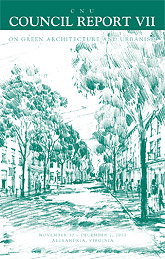For old brick houses
Dapoxetine Ohne Rezept Kaufen
, it’s as energy-efficient to renovate — and possibly more so — as it is to tear down and build new. That’s the conclusion of a study by the Empty Homes Agency, a UK nonprofit that works to bring empty homes back into use.
Large homebuilders in the UK claim that new construction is many times more energy efficient than older properties like Victorian houses. That’s true for operating energy, counter the environmentalists, but what about “embodied” energy — the energy it takes to manufacture building materials? Until this study
, no one had calculated the relative importance of each. After analyzing three renovated and three new houses, the conclusion was this:
Previous studies and much of the accepted thinking on domestic CO2 emissions have suggested that demolishing existing homes and building new homes to replace them will contribute to an overall reduction in CO2 emissions. This study suggests that this is not so, and that refurbishing existing homes and converting empty property into new homes can yield CO2 reductions by preventing emissions from embodied energy that would arise from new build.
In the extended entry, more quotes from the study “New Tricks With Old Bricks.”
Read more →


